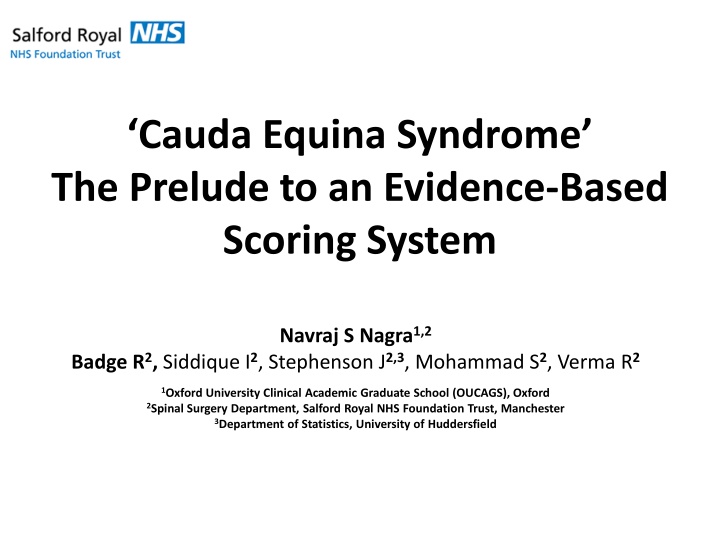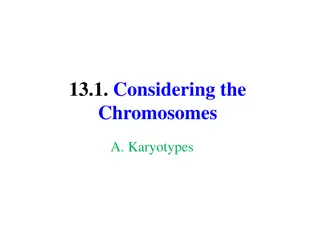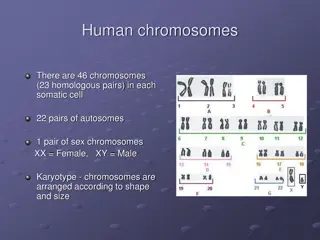Cauda Equina Syndrome Scoring System: Evidence-Based Diagnosis Study
Cauda Equina Syndrome (CES) poses challenges in clinical diagnosis, emphasizing the need for an evidence-based scoring system. This study reviews the clinical symptoms and signs, correlates them with MRI findings, and discusses outcomes of decompression surgery for confirmed CES cases. With a focus on objective assessment, the research sheds light on the importance of early detection and intervention for better patient outcomes.
Download Presentation

Please find below an Image/Link to download the presentation.
The content on the website is provided AS IS for your information and personal use only. It may not be sold, licensed, or shared on other websites without obtaining consent from the author.If you encounter any issues during the download, it is possible that the publisher has removed the file from their server.
You are allowed to download the files provided on this website for personal or commercial use, subject to the condition that they are used lawfully. All files are the property of their respective owners.
The content on the website is provided AS IS for your information and personal use only. It may not be sold, licensed, or shared on other websites without obtaining consent from the author.
E N D
Presentation Transcript
Cauda Equina Syndrome The Prelude to an Evidence-Based Scoring System Navraj S Nagra1,2 Badge R2, Siddique I2, Stephenson J2,3, Mohammad S2, Verma R2 1Oxford University Clinical Academic Graduate School (OUCAGS), Oxford 2Spinal Surgery Department, Salford Royal NHS Foundation Trust, Manchester 3Department of Statistics, University of Huddersfield
Cauda Equina Syndrome (CES): Background Challenging clinical diagnosis, MR mainstay of diagnosis Lack of clinical correlation (Fairbank et al., Bell et al.) Categories: CES-S Suspected CES-I Urinary Difficulties CES-R Painless retention Poor outcome in late diagnosis and decompression (Shepherd et al., Ahn et al., MacFarlane et al., Todd et al.) Large litigation cost to the NHS need for objective score
Literature of Note Meta-analysis (Spine 2014) Progression Pattern of Cauda Equina 264 cases from 198 publications Red flag symptom prevalence such that: Bilateral Sciatica: 31% Peri-anal Paraesthesia: 22% Sphincter Dysfunction: 12.6% 99% progressed from CES-S to CES-I/CES-R
Objective Establish value of clinical symptoms and signs in confirmation of suspected CES Patients and Methods Observational Study over a 24-month period Review of clinical findings, MR scan, operation notes Salford Neurosurgical Database Correlation clinical symptoms/signs with MR proven CES
Results n=158 patients ( : 72:86, 42.3 years) Two Groups Proven CES on MR, underwent decompression (n=76) Suspected CES but MR negative (n=82)
Results continued All patients All patients All patients (n=158) (n=158) (n=158) Variable Variable Variable Cases (n=76) Cases (n=76) Cases (n=76) Controls (n=82) Controls (n=82) Controls (n=82) Sciatica status No sciatica Unilateral sciatica Bilateral sciatica Bilateral sciatica Bilateral sciatica Sciatica status No sciatica Unilateral sciatica Unilateral sciatica Sciatica status No sciatica 5 (6.6%) 46 (60.5%) 46 (60.5%) 5 (6.6%) 46 (60.5%) 25 (32.8%) 25 (32.8%) 25 (32.8%) 5 (6.6%) 38 (48.1%) 36 (45.6%) 5 (6.3%) 5 (6.3%) 5 (6.3%) 38 (48.1%) 36 (45.6%) 36 (45.6%) 38 (48.1%) 43 (27.7%) 43 (27.7%) 82 (52.9%) 82 (52.9%) 43 (27.7%) 82 (52.9%) 30 (19.4%) 30 (19.4%) 30 (19.4%) Perianal paraesthesia status No perianal paraesthesia Perianal paraesthesia status No perianal paraesthesia Perianal paraesthesia Perianal paraesthesia 48 (63.2%) 28 (36.8%) 28 (36.8%) 48 (63.2%) 77 (98.7%) 1 (1.3%) 1 (1.3%) 77 (98.7%) Controls (n=82) 104 (67.5%) 50 (32.5%) 50 (32.5%) 104 (67.5%) Cases (n=76) Weakness (Foot drop) status No weakness Weakness Cases (n=76) Controls (n=82) 66 (86.8%) 10 (13.2%) 75 (96.2%) 3 (3.8%) 141 (91.6%) 13 (8.4%) Unilateral sciatica No sciatica Bilateral sciatica Sphincter dysfunction status No dysfunction Dysfunction No perianal paresthesia 37 (48.7%) 39 (51.3%) 26 (32.9%) 53 (67.1%) 63 (40.6%) 92 (59.4%) Perianal paresthesia
Results continued Opposite trends occur with: - Altered perianal sensation Altered dermatomal sensation Dermatomal motor weakness Reduced/Absent DRE - - - All patients (n=158) Variable Cases (n=76) Controls (n=82) DRE status Intact Reduced or absent 51 (67.1%) 25 (32.9%) 48 (59.3%) 33 (40.7%) 99 (63.1%) 58 (36.9%) Cases (n=76) Controls (n=82) Intact Reduced or absent
Predictive model for CES Where: x1=unilateral sciatica; x2=bilateral sciatica; x3=perianal paraesthesia status; x4=perianal sensation; x5=motor weakness status; x6=dermatomal sensation ROC curve for predicted probabilities p=0.96 (95% CI: 0.93-0.99)
Conclusion Largest Single Centre Study Sciatica and Perianal Paresthesia are the most predictive symptoms of CES DRE findings have no correlation with CES We have developed a Predictive Scoring System, which preludes a practical model to be used as a Referral Guide for GPs, DGHs Guide the need for urgent MR Medico-Legal Stand























